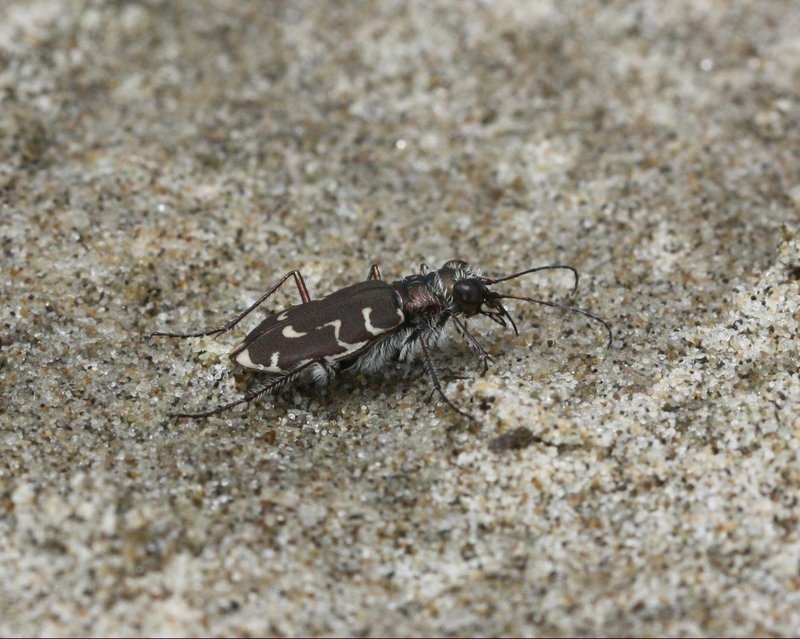U.S. Fish and Wildlife Service will decide whether endangered beetle needs federal protection

In 2020, a nonprofit environmental group focused on biodiversity petitioned federal authorities to protect a bug-eyed beetle that used to thrive on West Coast beaches but now only exists in certain sites, mainly in Oregon.
In 2021, officials at the U.S. Fish and Wildlife Service told the Center for Biological Diversity that the Siuslaw hairy-necked tiger beetle might qualify for endangered species protection.
But the agency failed to act, so in 2022, the center sued the service. In a recent agreement, wildlife officials agreed to decide whether the beetle warrants protection under the Endangered Species Act – by August 2026, nearly six years after the original petition.
Advocates at the biodiversity center say such a long delay is not unusual, even though there could be even fewer of the tiger beetles over the next three years.
“More often than not, the USFWS drags its heels on listing decisions,” Quinn Read, Oregon policy director of the Center for Biological Diversity, told the Capital Chronicle. “It shouldn’t take lawsuits to get the service to do what it’s required to do by law. This is time that our most imperiled species simply can’t afford.”
The beetle has largely disappeared from its former habitat on dunes and at the mouth of rivers on beaches from Northern California to Washington, according to the center. Recent surveys have found it only at 17 sites in Oregon and three in Washington. Center officials said its disappearance from other sites resulted from the destruction of its habitat by beachgoers, off-road vehicles and climate change, which has caused rising sea levels and coastal erosion. The now-rare beetle also faces a threat from invasive species and inbreeding, which can cause harmful mutations and undermine its fitness to survive.
“These beetles face so many threats and they’re teetering on the brink of extinction,” Read said. “Without the safeguards of the Endangered Species Act, these hairy predatory beetles and their dunes habitat won’t have a fighting chance of survival.”
The bugs grow to 15 millimeters in length, or about one-fifth of an inch, and they’re dark brown with cream-colored markings. They have tufts of long white hairs on the side of the thorax that give them their name. In the insect world, they’re considered to be fierce predators. As adults, they sprint across sand in short bursts, running so fast that they have to stop to relocate the insects and invertebrates that they eat. As larvae, they pop out from burrows to catch prey. various insects and invertebrates.
If they were to go extinct, most Oregonians would not notice, but Read said their disappearance would mean a loss of biodiversity which affects everyone.
“The loss of biodiversity has tangible impacts on things like water purification, food production and the spread of pests and disease. And it has a profound impact on our mental health and spiritual well-being. Every species matters, and the loss of each species depletes the resilience of the ecosystems upon which we all depend,” Read said.
Protection by the Endangered Species Act also would mean protection of their coastal habitat that Oregonians love to visit, Read said.
Oregon Capital Chronicle is part of States Newsroom, a network of news bureaus supported by grants and a coalition of donors as a 501c(3) public charity. Oregon Capital Chronicle maintains editorial independence. Contact Editor Lynne Terry for questions: [email protected]. Follow Oregon Capital Chronicle on Facebook and Twitter.








